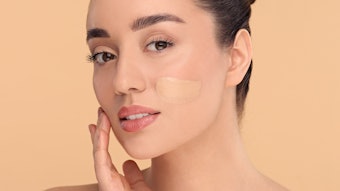Today, cellulite is manifested in 80–90% of women but rarely in men. As is generally known, it appears as a modification of skin topography, evident by skin dimples. Cellulite appears regardless of a woman’s age, ethnic origin, body shape or weight; while weight gain can worsen its appearance, it can also be seen in slimmer women. Research has clearly shown that cellulite is a condition of increased adiposity as well as altered connective tissue. This cutaneous irregularity gives rise to structural changes in fatty layers and the surrounding matrix.1, 2
In women, the manifestation of cellulite is primarily caused by a combination of two factors: the lipidic deposit and the particular architecture of the subcutaneous tissue, where fibrous branches contained in the surrounding matrix that are perpendicular to the skin’s surface separate voluminous lobules of lipids into rectangular sections. The peaks press against the dermis and push outward, forming adipose lobes that appear mattresslike, an effect often likened to an orange peel. In contrast, in men, the bands of fibrous branches in the subcutaneous tissue take a different course: they crisscross and form smaller, polygon-shaped lobules that even in cases of lipidic hyper-accumulation are inclined to protrude toward the dermis.1, 2
Lab Practical: Polyglucuronic Acid
- The optimal use level of polyglucuronic acid is between 1.00–3.00% (data available)
- Polyglucuronic acid should be added to formulations at the end of the process while cooling, at approximately 35–40°C for emulsions.
- For faster incorporation, add the initial phase in an aqueous solution after dissolution and heat the solution.
- Polyglucuronic acid is an anionic polysaccharide and is sensitive to electrolytes.










